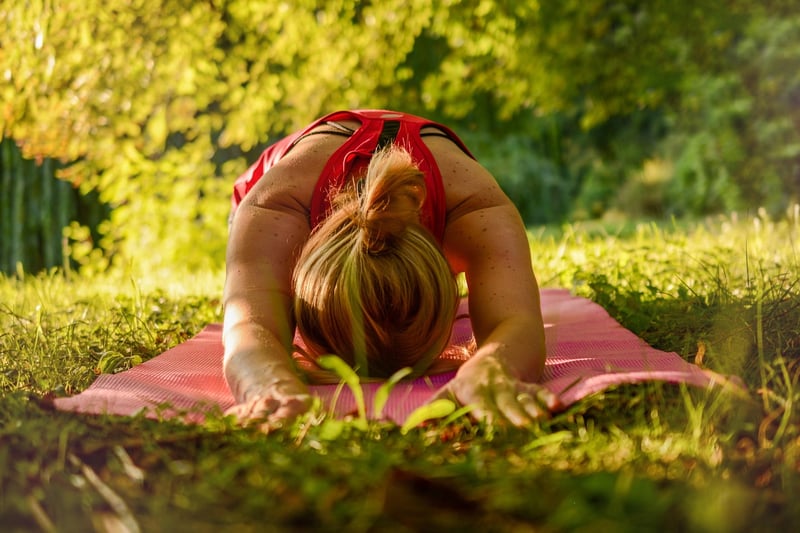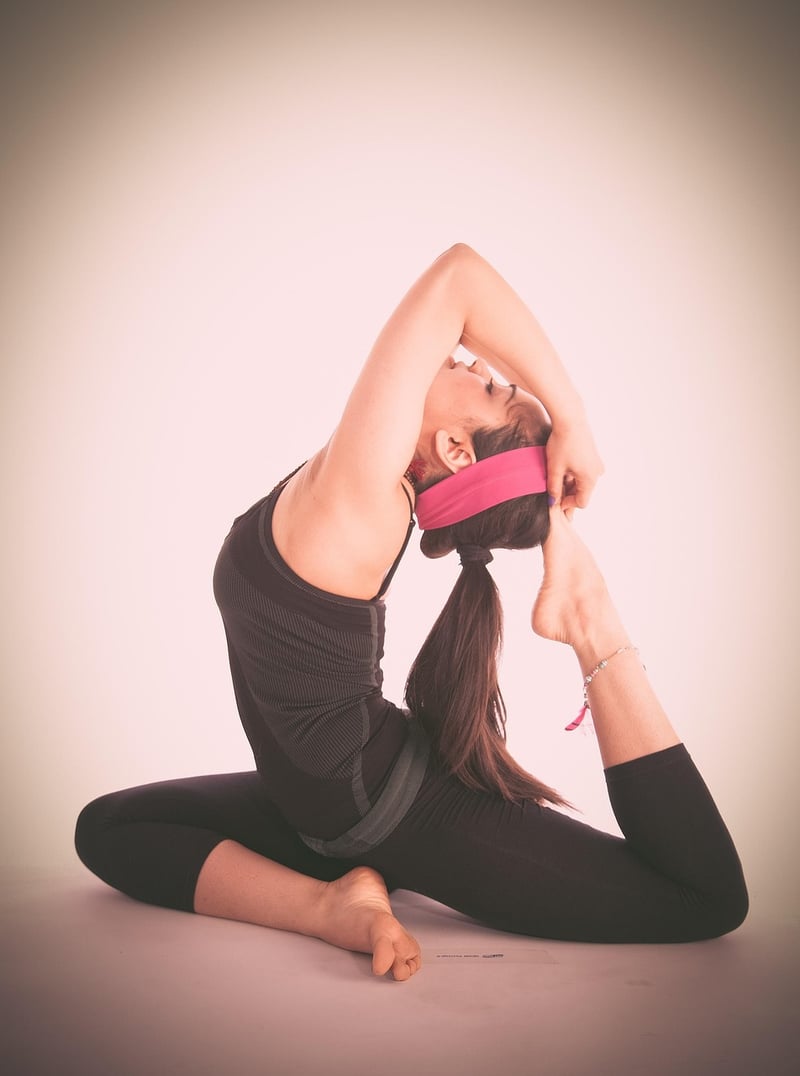Alternate Nostril Breathing
Techniques to Improve Breathing
Proper breathing techniques can have a significant impact on our overall well-being. By incorporating specific practices into our daily routine, we can enhance lung capacity, reduce stress, and promote relaxation. One such technique that has gained popularity for its calming effects is Alternate Nostril Breathing.
Diaphragmatic Breathing
Diaphragmatic breathing, also known as belly breathing, focuses on engaging the diaphragm to draw air deep into the lungs. To practice diaphragmatic breathing, follow these steps:
- Lie down or sit comfortably with your back straight.
- Place one hand on your chest and the other on your stomach.
- Inhale deeply through your nose, letting your abdomen rise while keeping your chest still.
- Exhale slowly through pursed lips, feeling your stomach fall.
- Repeat this process for several minutes to promote relaxation and reduce stress.

Alternate Nostril Breathing
Alternate Nostril Breathing, also known as Nadi Shodhana in yoga, is a breathing technique that helps balance the flow of energy in the body. To practice Alternate Nostril Breathing, follow these steps:
- Sit comfortably with your spine straight.
- Place your left hand on your left knee with the palm facing up.
- Bring your right hand to your face and place your index finger and middle finger between your eyebrows.
- Use your thumb to close your right nostril and inhale through your left nostril.
- Close your left nostril with your ring finger, release your right nostril, and exhale.
- Inhale through your right nostril, close it, and exhale through your left nostril.
- Repeat this process for several cycles, focusing on your breath and maintaining a steady rhythm.

By incorporating these breathing techniques into your daily routine, you can enhance your lung capacity, reduce stress levels, and promote a sense of calm and relaxation. Remember to practice consistently to experience the full benefits of improved breathing.
